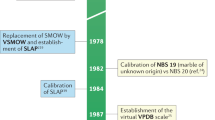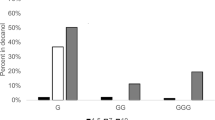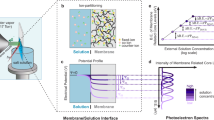Abstract
MR. D. L. CHAPMAN'S argument appears essentially to be similar to that already developed from a quite different point of view by Lindemann (Phil. Mag., 1919, vol. xxxvii., p. 523; vol. xxxviii., p. 173), that because isotopes are (theoretically) separable by physical means, they must also be chemically separable according to thermo-dynamical reasoning. The fact tliat the particular mode of separation by semipermeable membranes (assumption (3), NATURE, July 15, p. 611) is highly fanciful need not obscure the nature of the argument. Lindemann's conclusion that, though isotopes cannot be identical chemically, the difference may be reduced to an unmeasurable one of the second order of magnitude by suitable assumptions as to the “Nullpunktenergie,” seems to indicate the more hopeful line of advance. The chemical non-separability of isotopes, of which there is an accumulated mass of experimental evidence, seems to call for consequent adjustments in thermo-dynamic theory rather than the reverse.
This is a preview of subscription content, access via your institution
Access options
Subscribe to this journal
Receive 51 print issues and online access
$199.00 per year
only $3.90 per issue
Buy this article
- Purchase on Springer Link
- Instant access to full article PDF
Prices may be subject to local taxes which are calculated during checkout
Similar content being viewed by others
Rights and permissions
About this article
Cite this article
SODDY, F. The Separation of the Isotopes of Chlorine. Nature 105, 642–643 (1920). https://doi.org/10.1038/105642a0
Issue Date:
DOI: https://doi.org/10.1038/105642a0
This article is cited by
-
Sulla Isotopia Degli Elementi
Il Nuovo Cimento (1921)
Comments
By submitting a comment you agree to abide by our Terms and Community Guidelines. If you find something abusive or that does not comply with our terms or guidelines please flag it as inappropriate.



